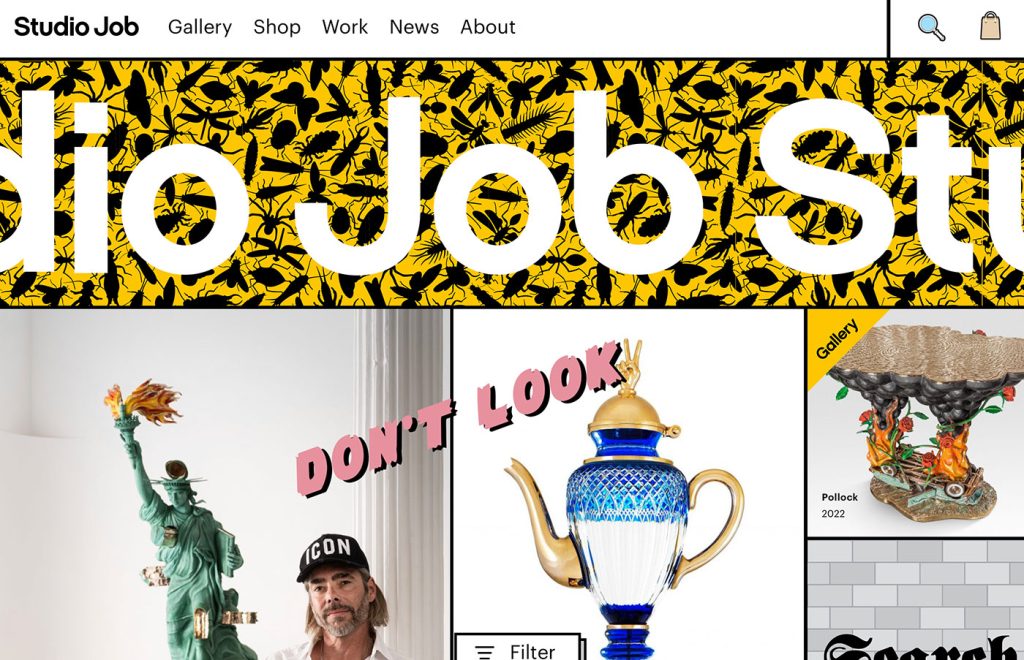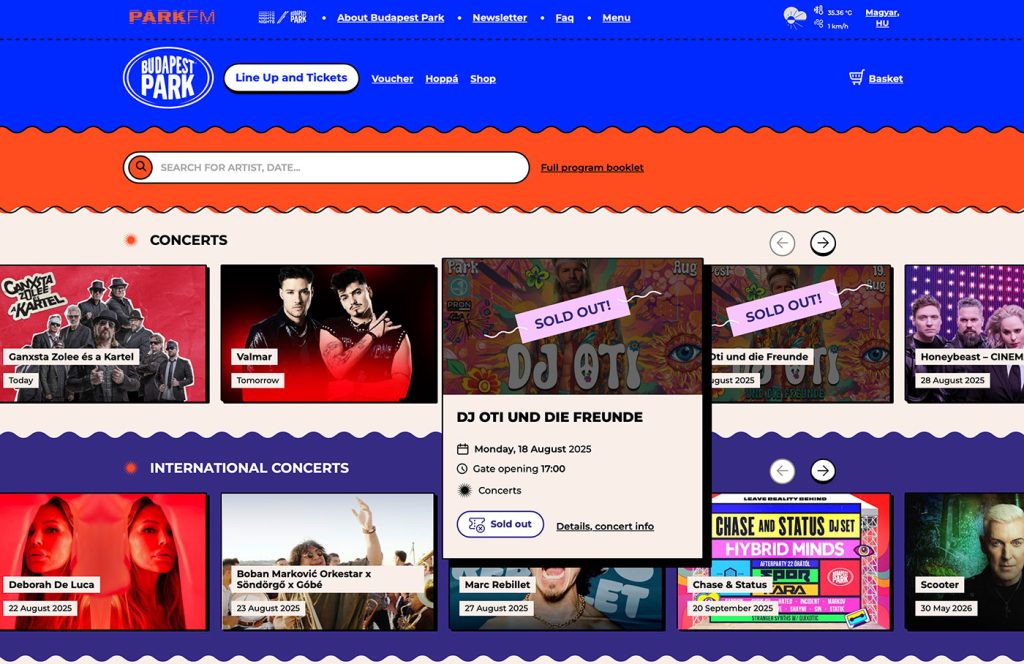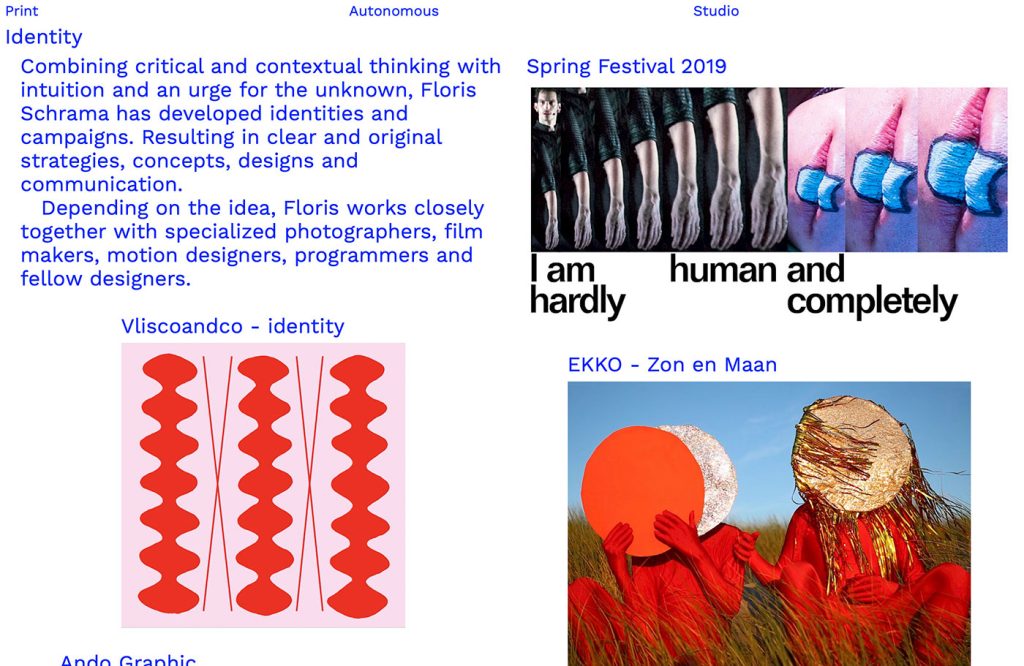The net is drowning in magnificence. Or at the very least, what passes for magnificence nowadays — polished gradients, 8px border radii, hero sections that seem like they have been plucked from the identical Figma group file.
All the pieces’s clear, frictionless, and completely aligned… and fully forgettable.
It’s not that magnificence is unhealthy. It’s that magnificence has been industrialized. And within the age of AI, the place a single immediate can spin up a “professionally designed” website in below a minute, that magnificence has develop into suspiciously low-cost.
Which is why brutalism — uncooked, unapologetic, and sometimes aggressively ugly — has by no means been extra related. In a panorama the place AI smooths each tough edge, brutalism’s jagged corners really feel like a human fingerprint.

AI’s Polished Monoculture
AI has a inform. It doesn’t “design” — it averages.
Feed it one million stunning layouts, and it offers you essentially the most mathematically possible “stunning” format. Secure typography. Predictable hierarchy. Buttons that seem like each different button in your bookmarks bar.
Framer’s “Generate Structure” button? It’ll provide you with one thing your buyers gained’t hate.
Figma’s “Make it pop” AI tweak? Congratulations, you now seem like a mid-tier SaaS model circa Q3 2024.
And that is the purpose: AI design defaults to security. It really works as a result of security converts. However security additionally homogenizes.
When every little thing begins to look the identical, the websites that stand out aren’t those with higher gradients — they’re those that refuse to play the identical sport.

Brutalism as an Anti-AI Stance
Brutalism in design didn’t begin as a pattern — it began as necessity. In structure, post-war brutalism embraced uncooked concrete and blocky kinds as a result of they have been quick, practical, and trustworthy. In early net design, brutalism meant “We don’t have the bandwidth to make this beautiful.”
Now, it’s a alternative. A deliberate rejection of the algorithm’s good symmetry.
Within the AI period, brutalism isn’t only a type; it’s an act of resistance.
It says: “We’re not right here to assuage you. We’re right here to wake you up.”
True brutalism ignores the principles AI clings to:
- Don’t break the grid? Break it.
- Maintain colour harmonious? Hit them with neon on beige.
- Use commonplace padding? Let the textual content kiss the sting of the viewport.
These violations aren’t errors. They’re alerts. They are saying: a human made this.

The Drawback with “AI Brutalism”
In fact, AI will attempt to copy it. In reality, it already has.
You may immediate Midjourney or GPT-powered net builders for “brutalist design” and so they’ll ship one thing… technically brutalist. Fonts are huge. Colours conflict. Structure is jagged.
However right here’s the factor: genuine brutalism has intent.
AI-generated brutalism usually appears to be like like a parody as a result of it doesn’t perceive why the principles are being damaged — it simply is aware of they’re damaged. It’s the distinction between a punk band smashing a guitar to make a degree and a company advert company smashing a guitar as a result of they learn punk was cool in a pattern report.
That’s why actual brutalism hits completely different — the “errors” are engineered to impress, not simply to deviate.

Why Brutalism Hits Completely different in 2025
- It feels human. In an age of generated every little thing, imperfection turns into a luxurious good.
- It’s memorable. You gained’t keep in mind the AI-perfect fintech touchdown web page. However you’ll keep in mind the positioning that made you scroll sideways and blink twice.
- It resists commodification. You may’t drag-and-drop your strategy to genuine brutalist chaos. You must earn it.
- It’s punk for pixels. In a design financial system obsessive about frictionless experiences, brutalism reminds us that friction is the place the fascinating issues occur.

The Danger You Must Take
Let’s not sugarcoat it: brutalism can alienate.
Company shoppers don’t need their checkout course of to really feel prefer it was designed on an IBM ThinkPad in 1998. Buyers don’t need “complicated” UX.
However for manufacturers that commerce in edge, brutalism sends a sign: We’re not right here to please everybody.
And that’s the magic — in a homogenized AI net, brutalism turns into a filter. The individuals who “get it” will lean in more durable. Those who don’t have been by no means your folks anyway.

The Future: Algorithm-Proof Design
Right here’s my prediction: Brutalism will develop into the punk rock of the online — not the watered-down pop-punk model, however the sweaty, loud, presumably harmful model.
AI will get higher at imitating messy, however it can by no means match messy with that means. Designers who reside contained in the brutalist mindset will at all times keep forward, as a result of they’re not simply rearranging pixels — they’re making cultural statements AI can’t parse.
The AI period can be outlined by two forms of design:
- Designs which might be frictionless, secure, and immediately forgettable.
- Designs that make you cease, squint, and ask, “What the hell is that this?”
Guess which one folks will keep in mind?
If AI makes the online a sea of good, well mannered, and predictable interfaces, brutalism may be the one trustworthy aesthetic left. As a result of typically the ugliest factor you may make is essentially the most stunning act of rebel.


Leave a Reply